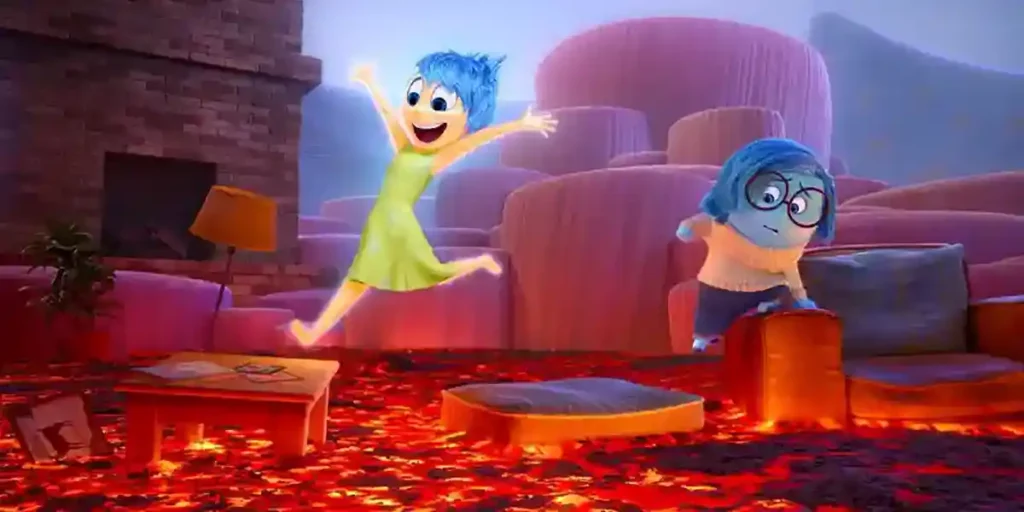Animation is an incredible art form, but its presence in film is not without downsides or limitations. So, let’s go through the problems with animation.
Animation has been in all of our lives to some degree. Maybe you were raised off Disney classics, maybe you got older and explored more experimental realms, or maybe your childhood was scarred by the sight of Will Smith as a fish. Animation is an incredible art form that takes a level of discipline, precision, and imagination that I could never come close to achieving. It’s been used to expand the creative landscape and visual expression in ways that would otherwise be utterly impossible. And it’s been responsible for some of the most clever, emotional, well-crafted films, shows, and stories ever made. Animation deserves nothing short of respect.
… That being said, I have some complaints.
Listen, I in no way dislike animation. Some of my favorite films of all time are animated … I know that sentence sounds too similar to, “Some of my best friends are _____,” but it’s true. But at the same time, I’ve developed a complicated relationship with the medium. I can’t pinpoint any traits of animation that I consider inherently bad, and yet I’ve never found myself 100% gelling with it as an adult, no matter how many films and shows of vastly different styles I watch. The reasons have to do with what kinds of stories are commonly told with animation, as well as the inevitable qualities that come from the essence of the medium.
This article is not meant to paint animation as inferior to live-action, nor is it to go against anyone who unabashedly loves it. My goal here is to express my own personal drawbacks with animation that have led to my current love-hate relationship with the form. The more objective title I’ve chosen is just to please the SEO, aka Stupid Excruciating Obstacle. I’ve dissected my dumb brain to understand how it works, and now I’m simply showing the ugly insides to all of you. Sound like fun? Sure it does! So, get ready for me to elaborate what are, in my mind, the problems with animation.
TOO MUCH ANIMATION IS FOR KIDS
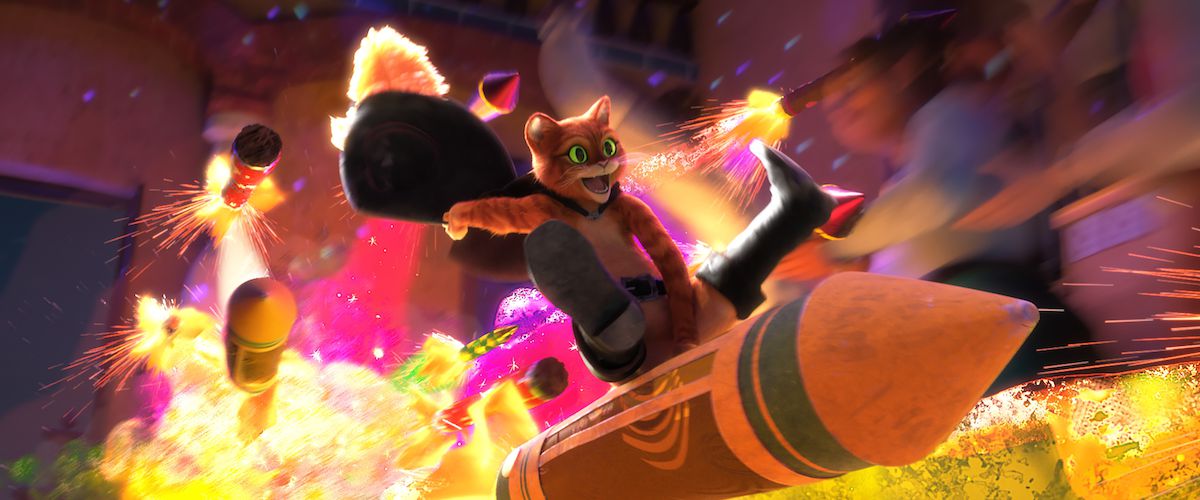
To this day, animation is often written off as just kids’ stuff. And every time, animation fans will fight to the death that the medium is not just for kids, which is something I agree with … in concept. Animation is not inherently for kids. It’s a way to tell any kind of story. But if you look at all of the animated movies and shows in the mainstream public consciousness, from the works of Disney to Illumination to Cartoon Network and beyond, it is beyond obvious that most of them were made with kids as the primary target audience.
When talking about the most acclaimed works of animation of all time, some of the most common examples to pop up are The Lion King, Beauty and the Beast, Inside Out, Puss in Boots: The Last Wish, Avatar: The Last Airbender, Teen Titans, and Adventure Time. Now, I love some of these and think they absolutely have appeal for older audiences … but they’re also filled with material like goofy slapstick, over-the-top characters, simplified and unsubtle writing and acting, bouncy, colorful songs, and … well, for lack of a better word, cartoonish visuals, all of which unmistakably skews younger. These were clearly made with kids as at least part of the intended audience, and they sometimes suffer as a result.
The Hunchback of Notre Dame features uncomfortable subject matter centered around prejudice, religious corruption, and lust … but it also has silly talking gargoyles and a climax containing comedic antics. The Lion King can be a deeply mature and epic tale of someone who learns to face his childhood trauma and responsibilities … but not without a loud-mouthed meerkat and a farty warthog singing a song that makes me yearn to have glass shoved through my eardrums. Puss in Boots: The Last Wish is about coming to terms with mortality and learning what’s most important to cherish in life … and also two cats who compete to see whose big-eyed face is cuter and a metaphor where they overcome an obstacle by literally stopping to smell the roses.
And then there are other animated works that are … not as well-received, like most of the Illumination movies or Teen Titans Go! Unless some grown-up diehard Minions stans are reading this, I don’t know how anyone could disagree that these contribute to the reputation of animation as “just for kids.” It’s not the medium’s fault, just like how the most pandering horror films don’t make that a lesser genre. (No, I’m not calling animation a genre, calm down.) But the kiddish tactics in these films and shows are used so often that they make animation feel like a genre, and not one that I particularly like. Because I’m so aware that I’m not the primary target demographic, a lot of animation comes across as alienating to me, especially when a some of the more child-friendly material is celebrated as a high point of the medium.
Even if nothing blatantly child-pandering is featured in these younger-skewing works, I can still sometimes be underwhelmed by their lack of more directly adult elements. They’re usually sanitized, hiding some of the more explicitly sensitive, complex, graphic, and mature themes and imagery that would otherwise come from certain setups. That needs to be done for kids to see them; there’s very little way around that. And yes, the best family-friendly stories find great means to communicate these themes in a universal way. But I still can’t help but notice where they could have hit me even harder had they been free to speak solely to older audiences.
ANIMATION CAN BE TOO EXAGGERATED
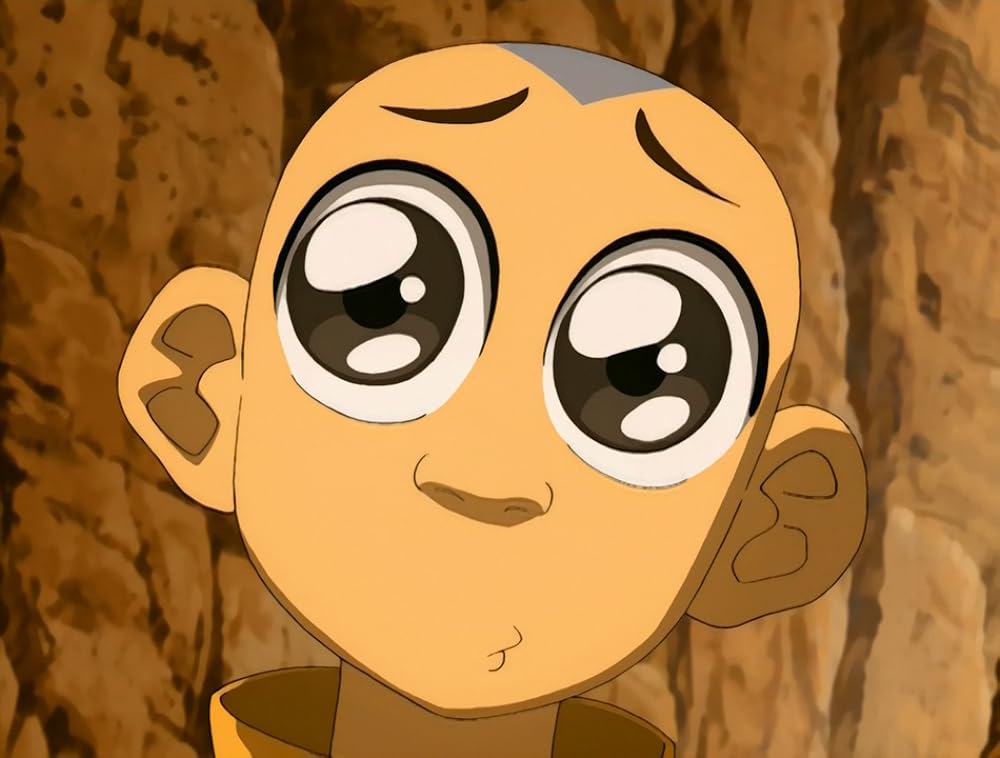
So, should I just be sticking to the many animated movies and shows that aren’t made with kids in mind? I thought that would be my solution for years, but I still find myself regularly feeling a disconnect when watching a lot of more “mature” animation. It’s only recently that I finally realized why: animation, by its nature, exaggerates expressions, movements, and environments. While this very often works to its great advantage to precisely convey emotion and mood, I find it just as often works to its disadvantage. To me, a lot of the exaggerations featured in animation can come across as weird, unnatural, and uncomfortable.
The biggest offenders here are faces and expressions. The work of Hayao Miyazaki, while very profound and moving, also features a lot of uncomfortable instances of characters laughing with their mouths uncannily wide, or elderly characters with more unsightly wrinkles than Emperor Palpatine. Avatar: The Last Airbender has a lot of wonky anime-styled facial contortions, even during non-comedic moments, that distract from its other visual feats. Even a lot of Disney greats, while mostly having mastered their expressions, sometimes exaggerate the eyes and mouths in ways that are a bit unappealing to look at. I’ve seen people have fun pausing animated films and shows at awkward frames to laugh at them, and I think my mind just does that when watching them normally.
Bodies and proportions can also be a problem for me in this way. I’ve been so unwilling to watch supposedly great shows like Gravity Falls or The Owl House because, on top of the kid slant I already discussed, the characters look so cheaply skinny and noodle-like that I don’t want to look at them for extended lengths of time. Characters like Kingpin from Into the Spider-Verse or Mr. Incredible from The Incredibles are so bizarrely buff and top-heavy that I have to ignore their lower halves to avoid questioning how the hell their legs don’t shatter. Not that I pay special attention to men’s lower halves anyway … or how buff and bulky they can be … Moving on.
You know those memes where people take animated characters and show how they’d look in live-action, demonstrating how horrifying such one-to-one translations would be? I think my mind automatically does that when I’m just looking at the animated character. I see something like huge eyes, a rubbery face, or an impossible body structure, and I keep focusing on the oddness of it rather than accepting the style for what it is. Even some zany movement like a frantic run or excited arm flailing can throw me off when I picture what it would look like if someone actually moved like that in real life.
I think this is why I tend to prefer 3D animation over hand drawn. While 3D animation definitely has its exaggerations, they’re almost never as extreme as what I see with hand-drawn exaggerations. I know these exaggerations are all intentional and that a lot of animation isn’t supposed to look “realistic.” These are stylistic choices that are made because animation allows for that freedom. But the result for me is often a reminder that what I’m watching is just a bunch of drawings or models. I can’t help but think, “This isn’t how someone would really move,” or, “When have you ever seen someone make that face or that sound?”
THE LIMITATIONS OF ANIMATION
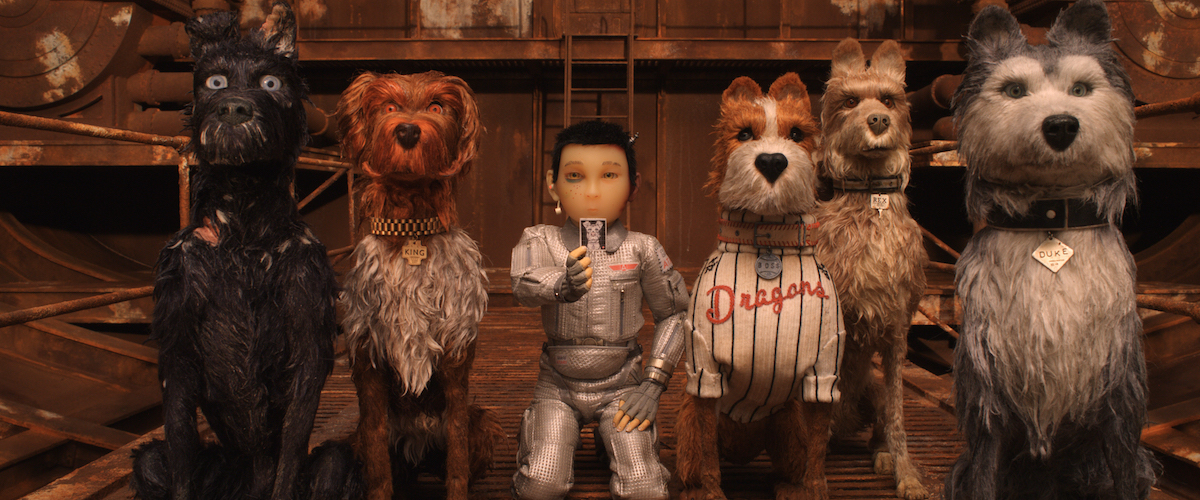
Animation has a ton of advantages over live-action, but it also comes with limitations that live-action lacks. I’ll start with my tiny qualms. Because every single frame needs to be crafted in animation, it’s natural that when there’s a lot happening on the screen, some corners have to be cut. One example is when background and even foreground characters go total still when they’re not doing anything of vital importance, because animating every one of them would be a nightmare. Or, if they do move, it’s extremely simplified or repeated motion that still looks rigid. I see this more frequently in television or films with lower budgets, but it even pops up in something like Akira, despite its mind-blowing animation. It’s also why I could never get into Wes Anderson’s two stop-motion films; the stiff movements and faces just look lifeless to me.
Again, I get that these are deliberate choices to save the time and effort for more essential movements and expressions, but they’re still minor distractions. In general, faces are often reduced to a set of dots when characters are far away, the textures of backgrounds often need to be simplified, and even the pacing of a lot of animated tales can feel rushed, probably because drawing out a scene means more … well, literally drawing out a scene, with more frames and precision required to get the timing right (and also because a lot of animation is aiming at kids, who won’t be as patient with slower scenes). I really do understand the problems. But I still consider them limitations of the medium.
Those examples are borderline nitpicks, however. The greater limitations of animation, in my mind, come from what it can never fully capture: the tangibility of flesh-and-blood people, environments, and in-camera spectacle. One of my favorite parts of watching on-screen stories is taking in all of the little sensory details and nuances, from subtle acting tics to gorgeous lighting, in a way that makes what I’m seeing feel real. Animation can capture its own version of that nuance, obviously, in ways that live-action can’t. But it doesn’t always hit me quite the same way because I’m still aware that it isn’t real.
The challenge of film is getting audiences immersed in a story, characters, and world that aren’t real. But while live-action has to make you feel like real-world people and locations are what the story says they are, animation has to convince you that fake people and locations are what the story says they are. It’s an extra illusion on top of an already-existing illusion. And through that extra filter, some things get lost for me, like someone’s grounded physicality and its relationship with other people and objects, or the slow, suspenseful panning of a camera through actual environments and lighting to which I feel like I can actually go.
The spectacle of live-action is also altered in animation. Watching a big car chase in animation, for instance, is very impressive because of the work, timing, and detail that went into every frame. But equally impressive for me is watching a car chase that was actually shot, with real lives and property being put on the line to achieve unbelievable feats. These both take tons of skill … but the live-action version is more exciting for me to watch. The same usually applies to a fight sequence, a practical model or monster, or a perfectly choreographed dance number. Even when a lot of CGI is involved, assuming it’s mixed convincingly with practical work (a major assumption nowadays, I’m aware), the more realistic sensation hits me in a way animation just doesn’t.
That’s another reason why I slightly prefer 3D animation over 2D. It comes closer to real life while still allowing for the many freedoms that come with animation. But like pretty much everything I’ve said, this all comes down to personal preference. Are you more entranced by the craftsmanship in making something from nothing, or by the weight of something that appears physically right in front of the camera? I’m blown away by both for what they are, make no mistake. I see no reason to admire only one and ignore the other. But I do have a preference, and that preference is felt, even to a small degree, when I watch something that’s animated.
THE LEGACY AND REPUTATION OF ANIMATION
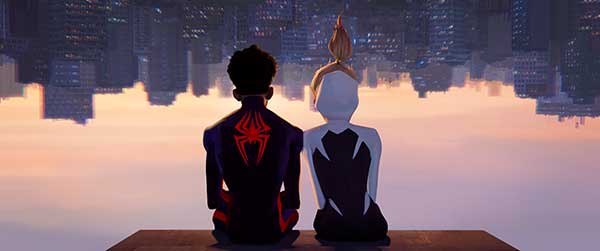
After all my complaining, I feel the need to reiterate: I don’t hate animation by any means. I’m extremely grateful that it exists and in constant awe over its vast capabilities. Its variety of styles, the way it can create and transform environments, and its means of visual storytelling are all reasons to consider it as essential an art form as any other. So many movies and shows have benefited immensely from being animated, and a lot of live-action work would have been better off had it been animated. I could go on about what I love in animation, but this article would be double its length if I did that.
The reason I took this negative slant is to voice why, despite all of its merits, animation has been a tricky subject for me to 100% embrace. I also want to give a reasonable voice to anyone who may feel similarly offput by animation in any way. Animation is perceived as still not getting the respect it deserves, primarily when it comes to awards. While I agree that it should be taken more seriously in general, I completely understand why it’s had such an uphill battle to reach that point. There are certain limits the medium has, its exaggerations can be off-putting, and a large chunk of animation is indisputably targeted at kids. None of that is enough to turn me away from animation. But it makes sense to me how, for someone else, it would be.

